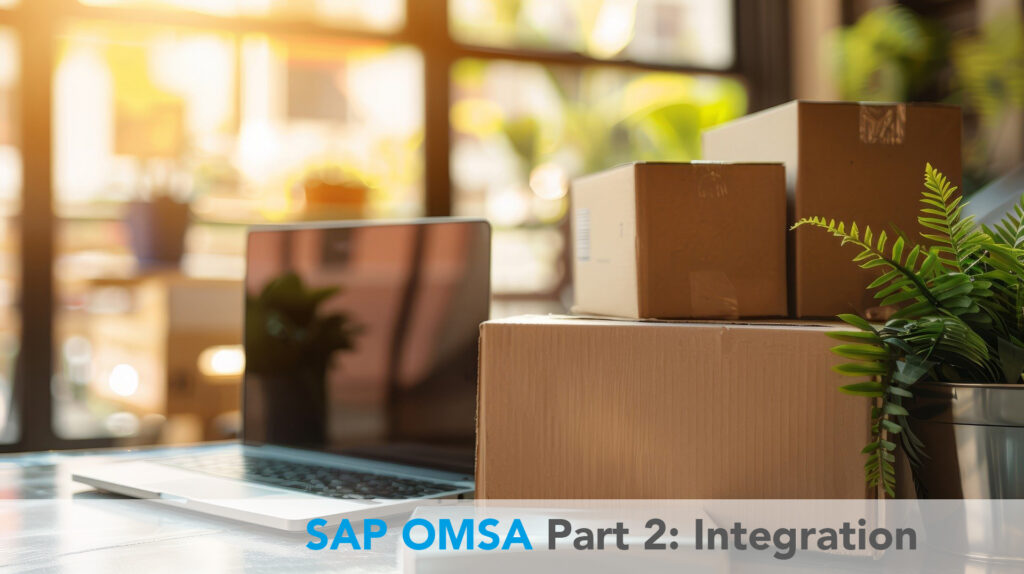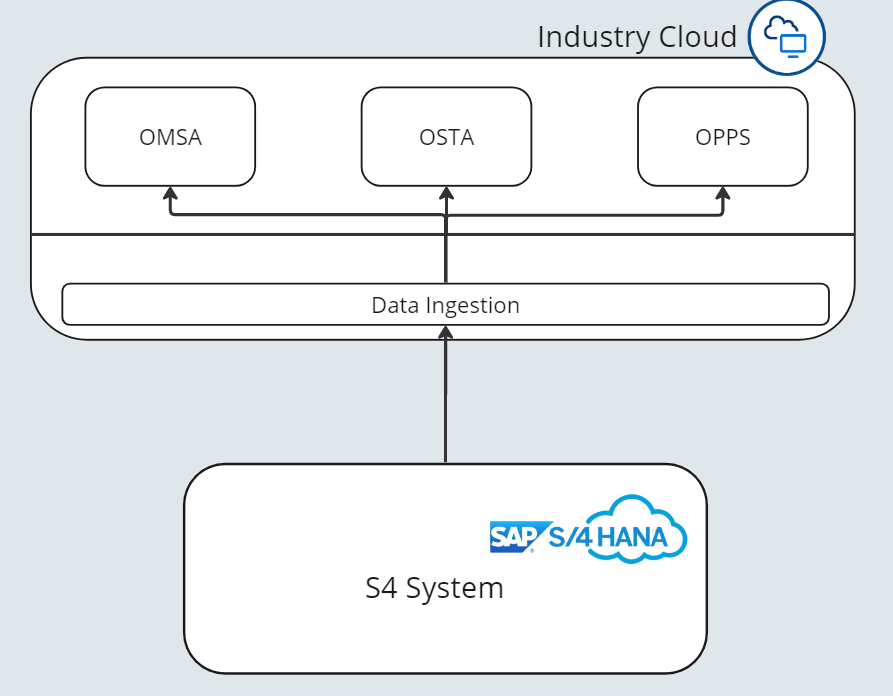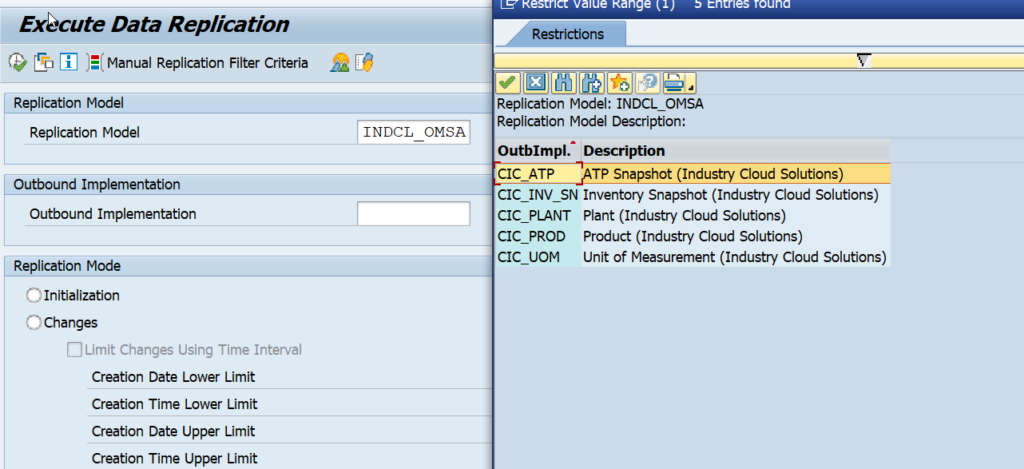
André Dotzler

Henning Sanders
Introduction
In this article, we explore the standard integration process between the S/4HANA backend and SAP OMSA, building on our previous introduction to SAP OMSA.
SAP OMSA requires both product master data and inventory data. These can be imported either via APIs (for example, when non-SAP systems are used) or through the standard integration of SAP S/4HANA.
The standard integration involves sending S/4HANA plant and product master data, as well as inventory data. Depending on the frequency of changes, these data must be regularly imported into SAP OMSA. Plant and product master data are usually only imported initially (and thus only once), while inventory data needs to be updated at regular intervals (e.g. every 10 minutes).
It’s important to note that standard integration solely focuses on exchanging master and inventory data. Integrating additional functionalities such as availability checks or sourcing, e.g. when creating orders from S/4HANA to SAP OMSA, may require custom development.
System architecture
The S/4HANA system does not connect directly to the SAP OMSA system but rather to SAP’s Data Ingestion. This is, in turn, connected to SAP OMSA and forwards necessary data to the latter. Initially, all data, including product master data, are shared, with Data Ingestion filtering out the specific data required for the respective Industry Cloud tool – in our case, OMSA. SAP envisions that, in the future, Data Ingestion could be connected to multiple Industry Cloud tools, meaning only one connection would need to be established between S/4HANA and Data Ingestion.
Which master and inventory data are shared by S/4HANA?
S/4HANA has standard outbound implementations in DRFOUT customising that can be shared with Data Ingestion via RFC:
- CIC_ATP: Shares the current ATP snapshot with the SAP OMSA system. This includes future availabilities based on availability check customisation settings.
- CIC_INV_SN: Provides an inventory snapshot, transmitting current inventory levels without availabilities.
- CIC_Plant: Shares plant data with SAP OMSA.
- CIC_Prod: Shares product master data.
- CIC_UOM: Shares all units of measure with SAP OMSA.
How do I best set up the data supply to Data Ingestion?
The initial master data must be shared once initially with the Data Ingestion. Subsequently, a change supply is recommended, which runs through a change pointer. This ensures that only the modified data is sent. Setting up this process involves scheduling a job, configured per data object.
Currently, the processing time on the data ingestion side is approximately 10 minutes, which is not an issue for product and plant master data. However, this should be taken into account for inventory master data, as it takes 10 minutes before they are available in SAP OMSA.
Summary and looking ahead
With the DRFOUT framework, SAP provides a simple integration solution within the SAP standard for exchanging master and inventory data with SAP OMSA. This setup is quick and easy, customized to fit your needs, and can also be used for other Industry Cloud tools.
Interested?
Interested in learning more about SAP OMSA? Get in touch with us to find out more.
Articles recommended for you
SAP OMSA (1) – the new innovative cloud sourcing tool from SAP
SAP OMSA is a term that you may have come across in presentations, discussions, or forum threads. But what does OMSA actually stand for, and what benefits does implementing this system bring?
SAP OMSA (3) – Sourcing strategy
In the SAP OMSA system, sourcing strategies significantly determine the outcome of a sourcing request. In this article, we take a closer look at sourcing strategy settings and shed light on how they can be used and adapted.
SAP OMSA (4) – Sourcing request
In response to the sourcing request, the SAP OMSA system decides which sites the products should be sourced from. In this article, we look at which information and parameters can be included in the sourcing request.
SAP OMSA (5) – Functionalities beyond sourcing
In addition to the sourcing request, the SAP OMSA system offers additional functions. In this article, we highlight the key APIs that are supported and shed light on how they can be used in a real-life retail environment.
SAP OMSA (6) – the building blocks for effective sourcing requests
In this article, we delve into the functionalities and settings of plant master data and transportation aspects. These are pivotal components that have a significant impact on sourcing outcomes in the SAP OMSA system.




